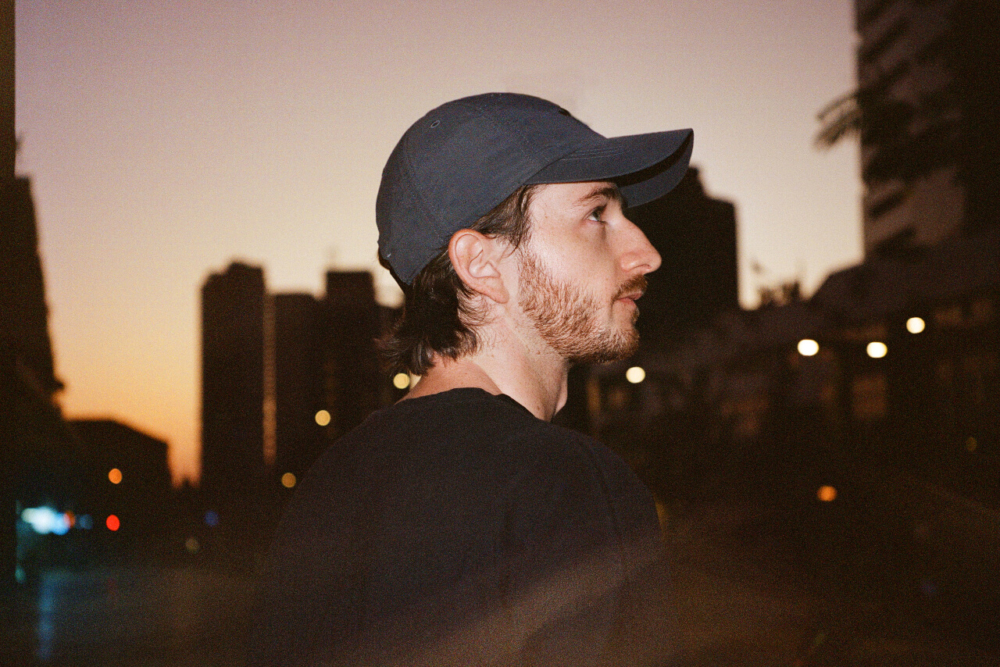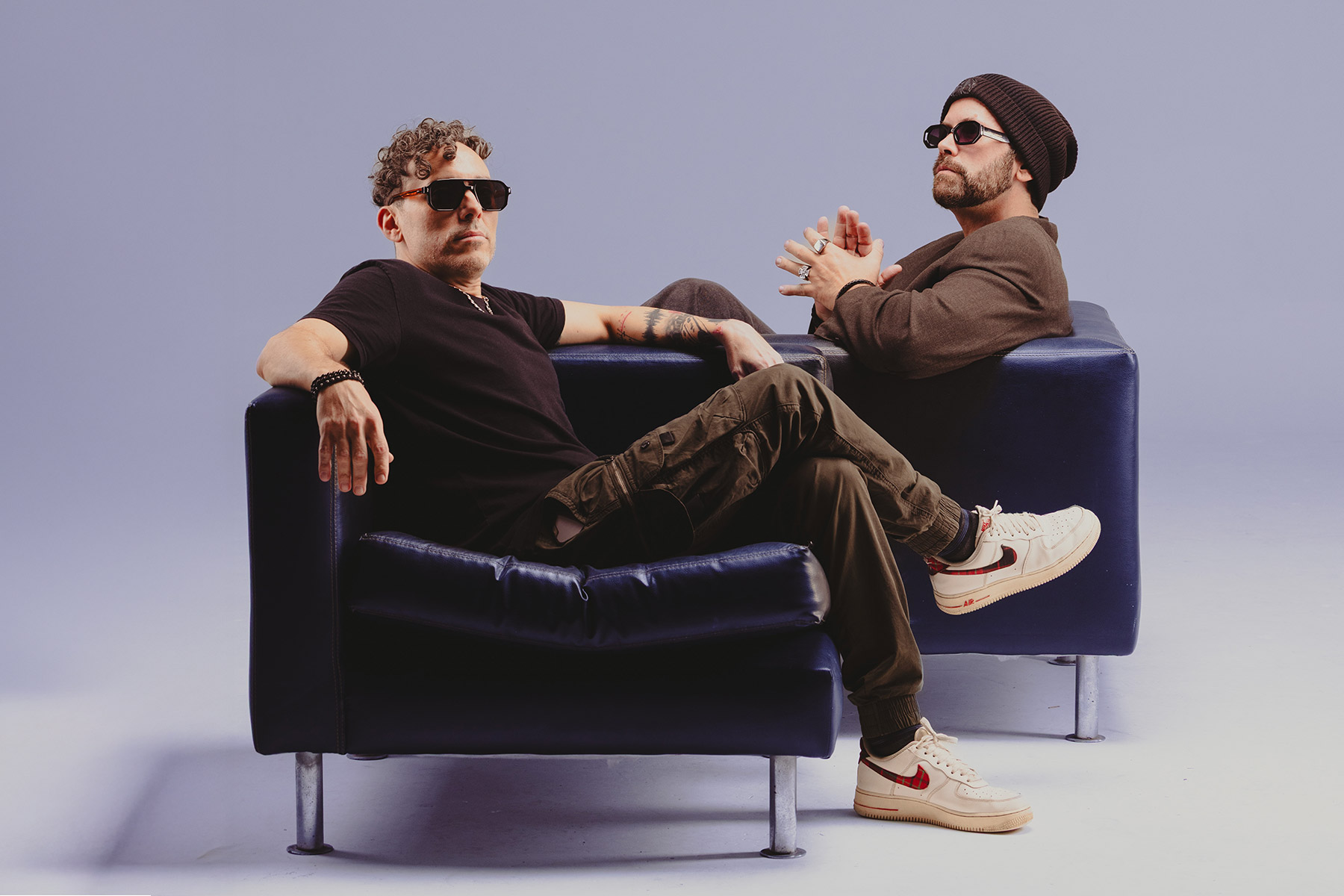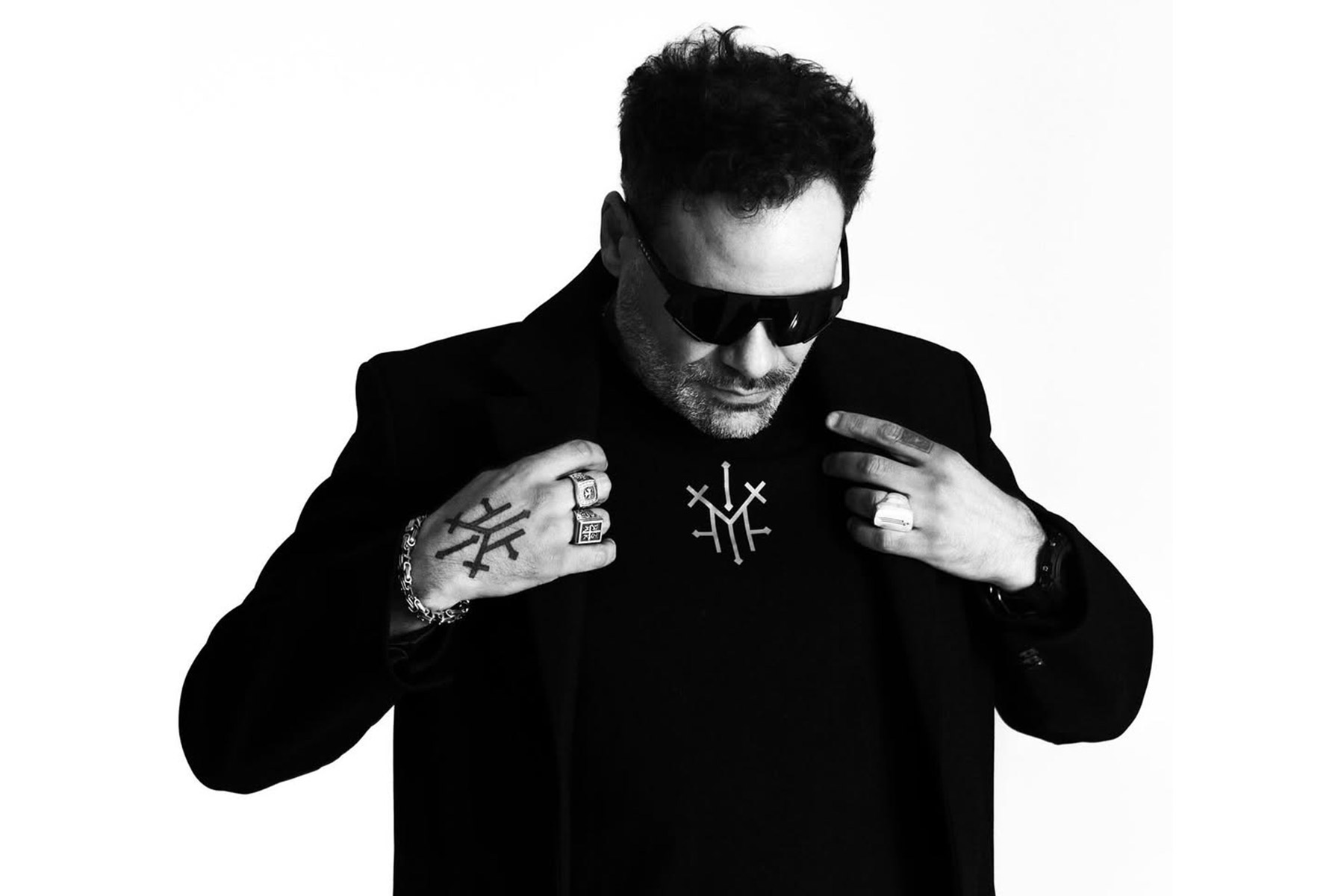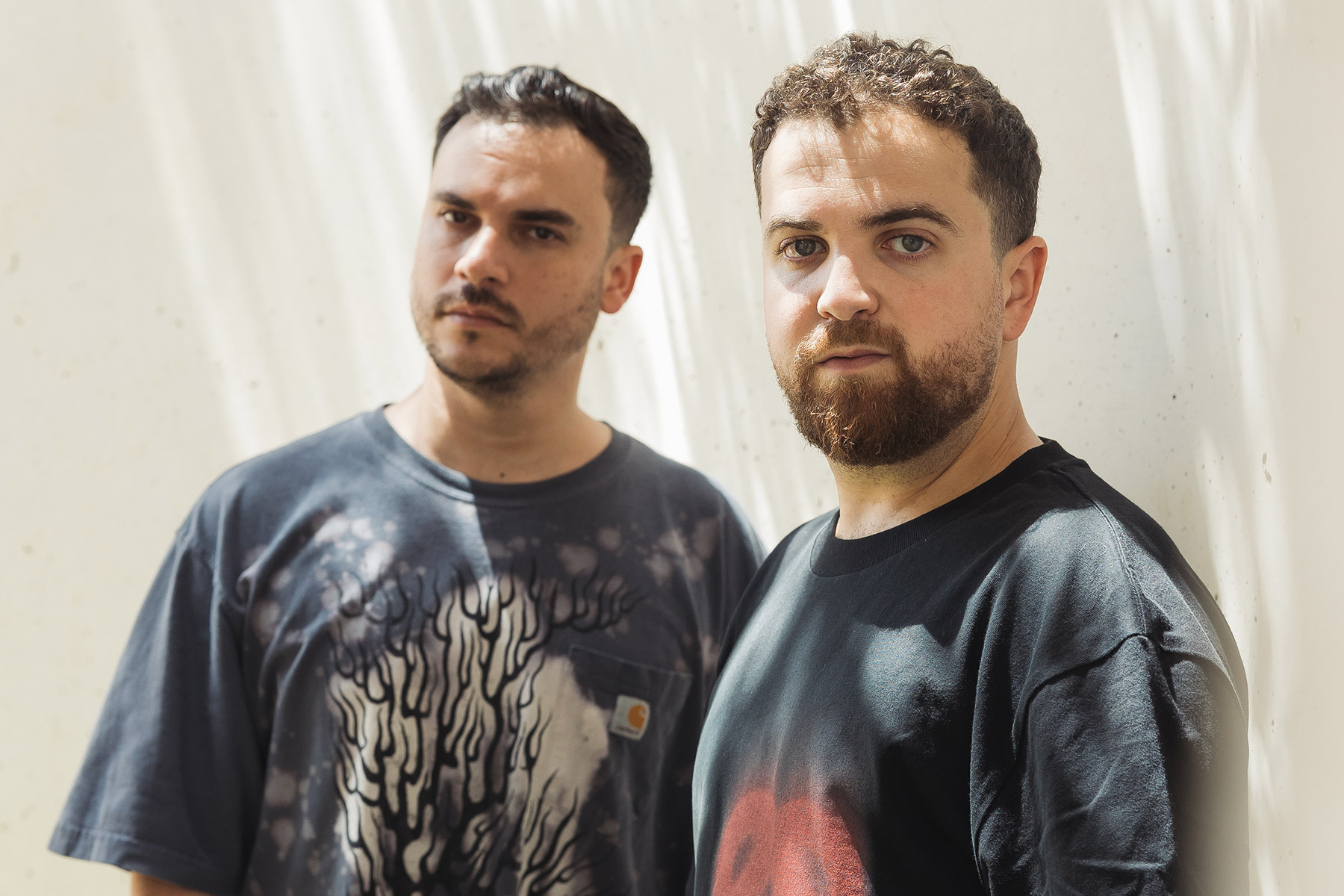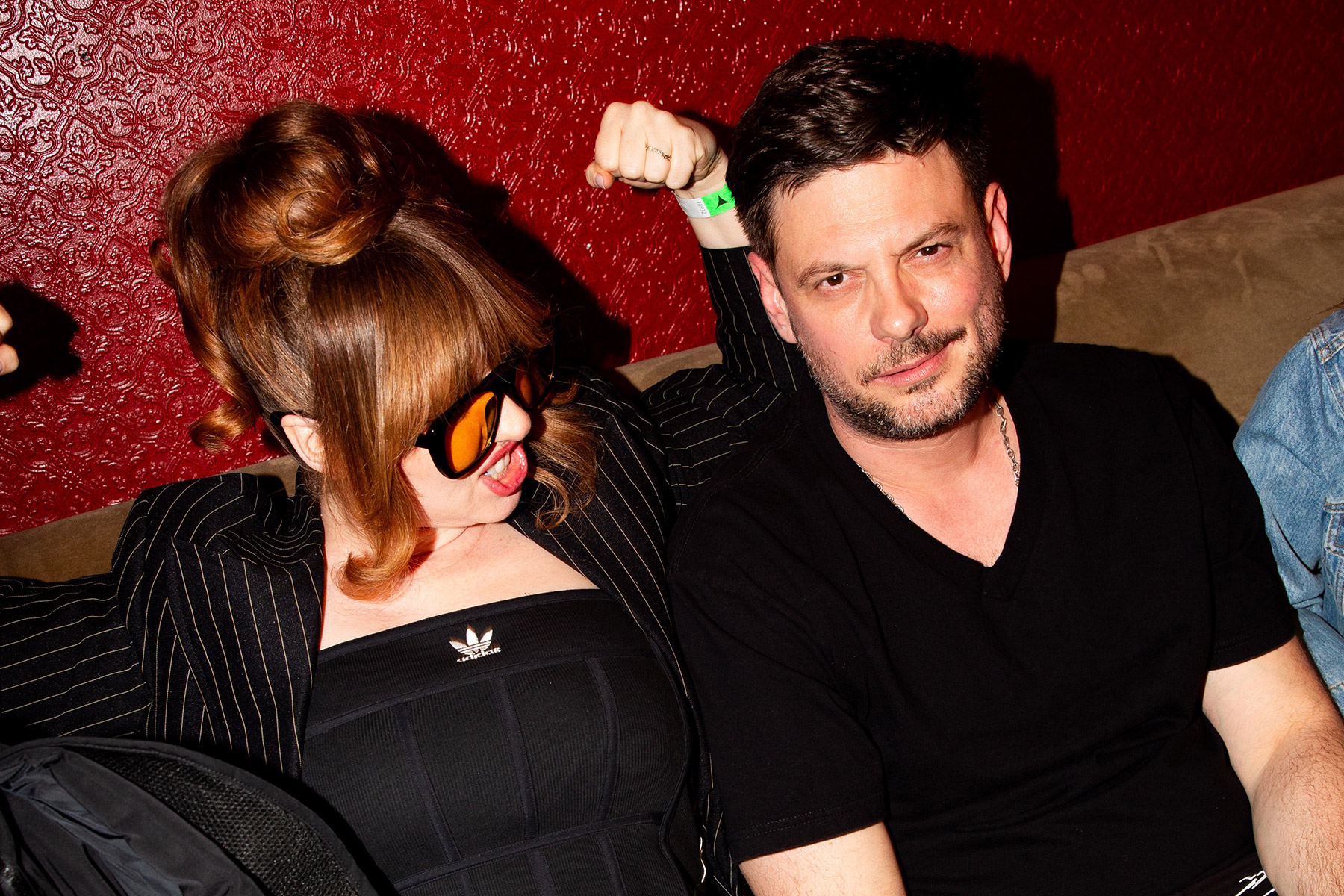Thylacine is the scientific name of the Tasmanian wolf, a species that became extinct 70 years ago. A precious word, that William Rezé has chosen to tame so as to incarnate his progressive and vaporous electronica. The thirst for freedom is part of his DNA and has always driven him to search for new musical horizons.
Photo Credit: Cécile Chabert
Each individual track is imbued with a singular flavor and reveals the breadth of the artist’s cross-influences: from repetitive music pioneers – such as Steve Reich or Philip Glass – to John Zorn’s jazz experimentations and Massive Attack’s trip-hop. Thylacine’s music combines the cadenced and melancholic techno of Paul Kalkbrenner with the aerial melodies of Moderat or Four Tet. But Thylacine’s musical endeavors are all audacious projects that push more than mere musical boundaries.
To celebrate the release of his new album ‘9 Pieces’, Thylacine invited EG into the studio for 5 tips on perspectives:
1. Change the source
Something that is important for me, is to change the listening device while working on your track. Especially in electronic music, when you only work on your speakers (or your favorite headphones), you just have one way of feeling your music. It’s like making a sculpture and looking at it from only one point of view. The audience will not have the same equipment as you.
Using bad listening devices, like my phone or a computer speaker, helps me to better understand the dynamics, structure, and mistakes of a track. And changing to different headphones after working for a few days is a very good way to get a new perspective on your music. It’s what I do when I get stuck. At some point, your brain knows exactly how the track sounds because it has heard it the same way 30 times, so it’s good to have a little reset. And, of course, if you can afford it, going to a professional studio from time to time is the best obviously.
2. Don’t force it
It’s okay to abandon a track. I’ve spent too much time trying to find a way to finish tracks that I was struggling with, to eventually abandon them anyway. I wish I spent that time starting new tracks instead.
What I like to do now, is, when I start to struggle a little bit, I stop, start something else and only get back to it a week later to see if it’s worth it. I’m always amazed how your brain is suddenly a lot more objective about a piece of music when it’s not the last track you’ve made. It always thinks that its new baby is the best one ever made 😉
3. Comparisons are odious
What works for me, is to never start comparing my music to somebody else’s. It just instantly ruins all the creativity. When I compose, I like to be in a bubble, where everything is possible, and I feel like I’m the only one making music. Every time I wanted to compose something with references in mind it was garbage.
4. Structures
Something that I’ve learned personally is to spend more time on the structure and arrangements. Most of us can create interesting melodies but get a bit lazy when it comes to developing them into a track with harmonic changes and breaks. I recommend studying the structures of the tracks you love and trying to understand all the different possibilities of development you can work on.
5. Gauging feedback
It can be helpful to get feedback from other people. But it’s important to know what their values are, and how to handle them. Most people can’t really put a finger on what’s wrong with a track, unfortunately. I think it’s good to ask them how they feel, and you can interpret that, rather than asking what could be wrong.
And remember that a piece of music is not necessarily for everybody, what could be bad for somebody might be amazing for somebody else.
Follow Thylacine: Instagram | Facebook | Soundcloud | Spotify

